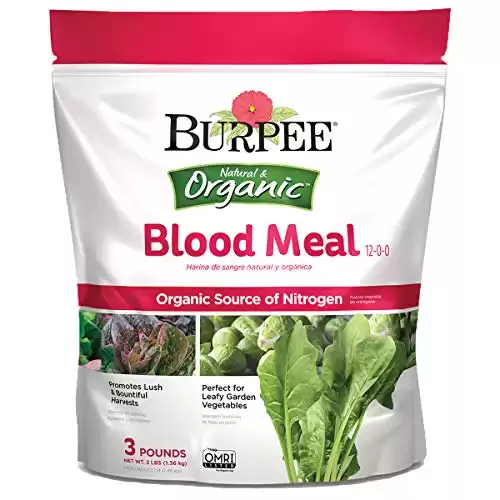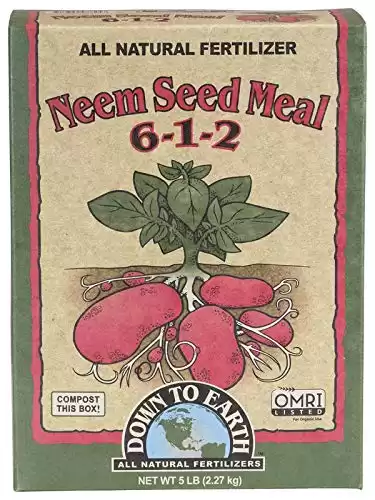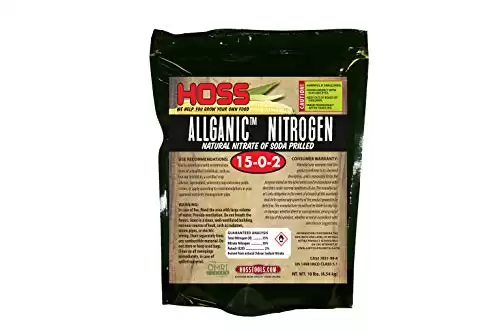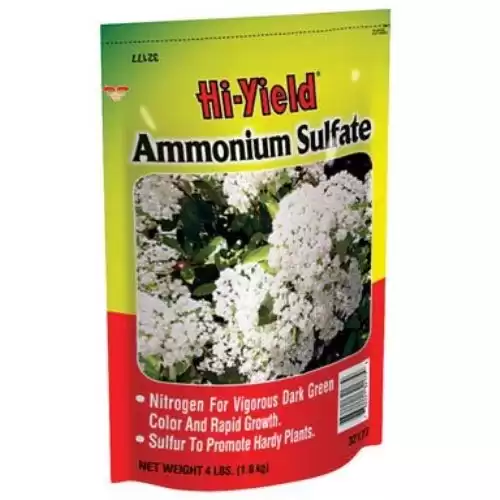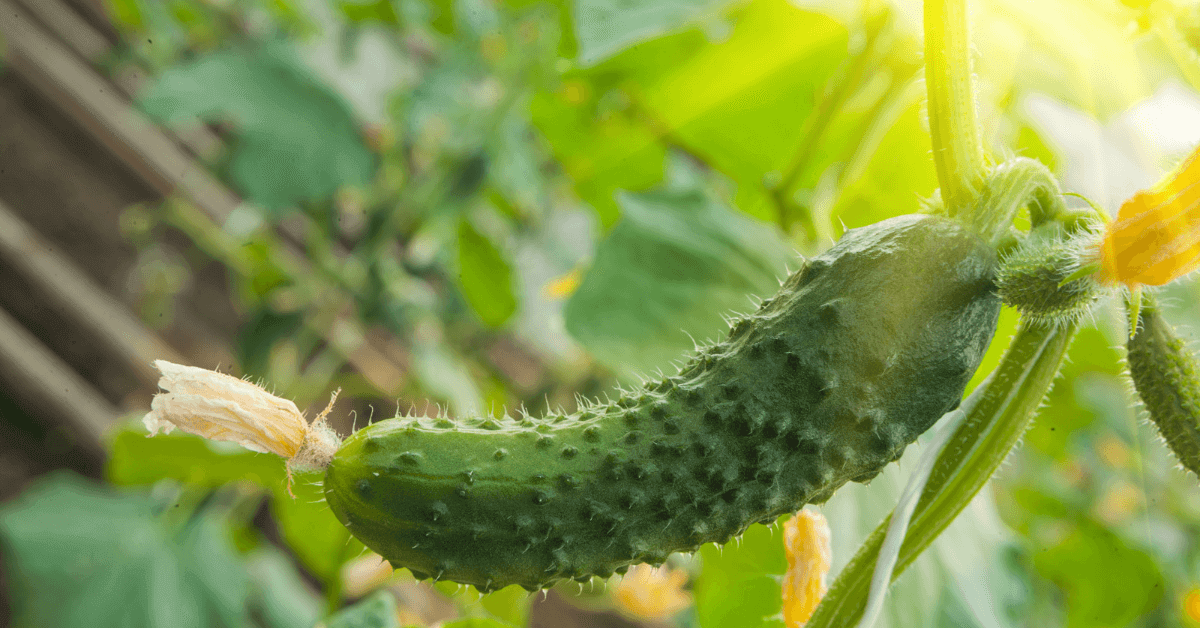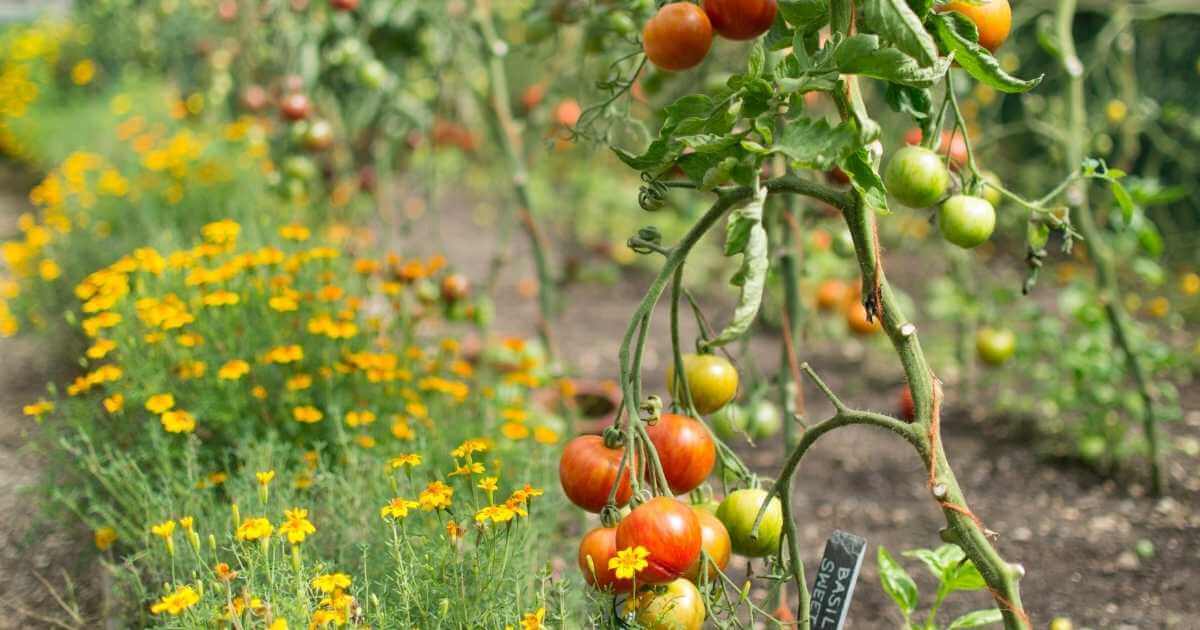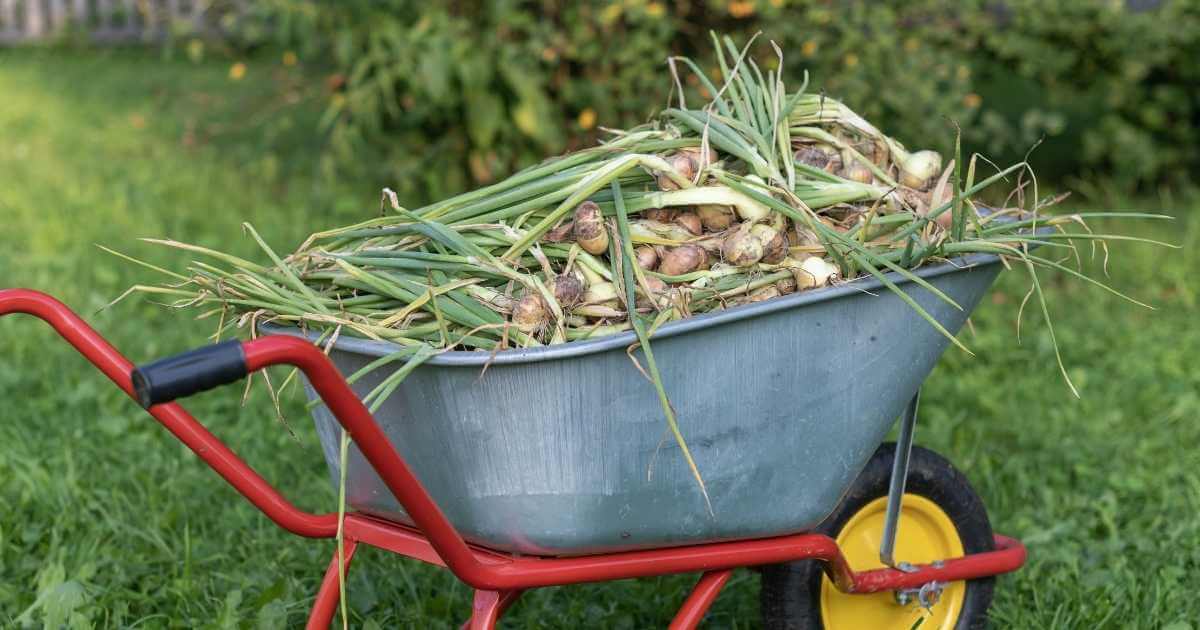
Onions are one of the best vegetables to grow in North Texas. If you’re growing them for the first time or have struggled to grow them successfully in the past, this step-by-step guide from the experts at the Dallas Garden School will teach you how to grow massive onions in your own backyard with just a few simple techniques.
Why Should You Grow Onions?
The onion, a member of the lily family, is one of the most useful and versatile vegetables that can be grown at home. A cornerstone of nearly every global cuisine, onions are also nutritional powerhouses that provide an excellent source of vitamin C, vitamic B6, biotin, chromium, and dietary fiber. Plus, clinical studies show that onions can lower blood-sugar as effectively as prescription drugs.
Nutritional importance aside, onions should be a part of every North Texas vegetable garden because they are just so darn easy to grow! Relatively free from pest and disease pressure, onions require minimal maintenance throughout the growing season and mature early enough in the summer to be replaced with another crop in time for a fall harvest.
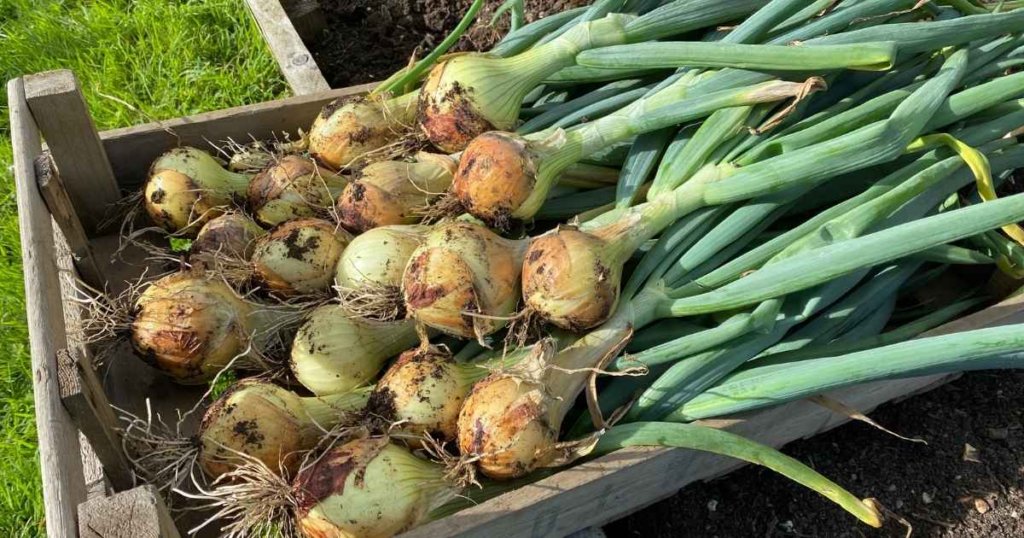
How to Choose and Prepare Your Growing Location
To
For in-ground beds, incorporate compost and expanded shale prior to planting. For raised beds – the best option for onions – fill new beds with a 50/50 blend of topsoil and compost. (Keep in mind that new raised beds sometimes suffer fertility issues during the first growing season.)
Selecting the Right Types of Onions
Onions can be started from seed in the fall, but it is easier to grow onions from onion “plants”. Onion plants look like tiny scallions. When buying onion plants, you first need to understand the onion types:
- Short Day onions start bulbing when day-length reaches 10-12 hours. Popular short-day varieties include 1015 Texas Super Sweet, Yellow Granex, and Texas Legend.
- Intermediate Day onions start bulbing when day-length reaches 12-14 hours. Popular intermediate-day varieties include Candy (a Walla Walla type for the south), Red Candy Apple, and Superstar.
- Long Day onions start bulbing when day-length reaches 14-16 hours. Popular long-day varieties include Walla Walla, Ailsa Craig, Copra, and Yellow Spanish.
Important! Here in North Texas we can only grow short-day and intermediate-day onions.
Here’s why:
Day-length in the North Texas summer never reaches the required number of hours for a long-day onion to bulb. If you plant a long day onion here it will just keep growing leaves and never produce a bulb.
On the flip side, if you tried to grow a short-day onion in North Dakota, the bulb would start to form too early and be very small.
Intermediate-day onions are adaptable to both long-day and short-day areas.

When To Plant Onions in North Texas
In North Texas, the best time to plant onions is late January. Here’s why:
The number of leaves an onion plant has at the time of bulbing will determine the size of the final bulb. More leaves, bigger bulb. To maximize leaf growth, onions in North Texas must be planted early enough for leaves to develop before bulbing is triggered by day-length.
The general rule is that onions should be planted 4-6 weeks before the last spring freeze. Here in North Texas that is late-January to mid-February.
Local garden centers like Nicholson-Hardie and North Haven Gardens will have onion plants available for purchase at the ideal planting time. If you are ordering from onion suppliers like Dallas Garden School favorite Dixondale Farms, make sure to order early enough to receive plants in the correct planting window.
Note: Sometimes local garden centers will receive onions plants from their suppliers in late November or December. This typically happens if the forecast calls for a warmer than normal winter. In general, however, late January is the best time to plant onions here.
The Correct Spacing and Planting Depth
For onions to reach maximum size, onions need proper spacing. In home gardens, plant onions 4-6 inches apart. Keep in mind that the more space you give them, the larger the bulbs will be. Crowded onions will compete for nutrients and the result will be smaller bulbs.
When planting, set the onion plants into the soil to a depth of 1″. If you plant onions too deep it will restrict bulbing.
Onions Need To Be Fertilized
Onions are heavy feeders and rely on a good supply of nitrogen for strong leaf growth. As mentioned before, the more leaves an onion plant has at bulbing time, the larger the bulb will be.
At planting, incorporate a balanced
Stop fertilizing when the onion starts to bulb. For our area, this is late April through early June depending on your onion’s daylength.
How Often to Water Onions
Even, consistent
To determine water needs, use “the knuckle rule”: Stick your finger into the soil. If it is dry down to your first knuckle, it’s time to water.
The best way to water onions is either by hand or with a drip irrigation system.

When to Harvest
Onion bulbs are ready to harvest when their necks soften, their leaves yellow, and the tops start to fall over. In our region, begin harvesting when one-quarter to one-third of the tops have fallen over. Short-day onions will begin bulbing here in late April. Intermediate-day onions start to bulb in May.
Proper Harvest Technique
- Gently pull or lift the onions from the ground in the morning.
- Some recommend letting the onions dry for two days in the garden after harvesting. If you choose to do this, be careful because onions can suffer sunscald or even worse, can bake in their skins if it is too hot. Try to arrange bulbs so that the leaves of one onion are covering the bulbs of another. Next, move the onions to a sheltered location for curing.
- The safest thing to do is to move the onions immediately into a sheltered location out of the sun where there is good airflow. This can be the final curing location or a temporary location for drying.

How to Cure Your Onions and Store Them
Onions need to go through a curing process before they can be stored or kept for any period of time before using. Curing is the process of allowing the onion leaves, stems and outer wrappers to fully dry. If onions are not fully dried and there is still moisture in the onion neck, they will rot in storage.
For proper curing:
- Keep onions in a location that is protected from rain, shaded, and well-ventilated. Space out on racks or screens. Air movement can be provided with fans.
- Wait to trim off onion tops until the onions are fully cured. This prevents disease.
- Give the onions ample time to dry completely. This process usually takes 3-4 weeks.
- When the tops are dry and the outer layer of the dry is dry and crinkly, trim the tops to one inch above the bulb, and then store the onions in a cool, dry place.

The Most Common Onion-Growing Mistakes
Struggling with onion growing? Here are some common reasons why onions fail to grow and bulb well in North Texas.
#1: Selecting the wrong variety.
Many gardeners select onions based on familiar names from the farmer’s market, but a variety’s day-length should be the determining factor when purchasing. “Walla Walla” onions are famous but will never bulb here in North Texas because Walla Walla is a long-day onion. Our longest summer day still isn’t long enough to trigger their bulbing response. Make sure to purchase short-day or intermediate-day onions, the best-suited for our region.
#2: Planting too late.
The number of leaves an onion has at the time of bulbing will determine how big the final bulb is. To maximize leaf growth, onions need to be in the ground for as long as possible before bulbing starts. In North Texas, onions should be planted in late January.
#3: Not enough light
Onions require full sun. Although some vegetables will perform optimally at 6-hours of sun, onions require 8-10 hours.
#4: Not enough fertilizer
Vegetable beds amended with lots of compost over a period of several years might have enough fertility to support onion growth without additional
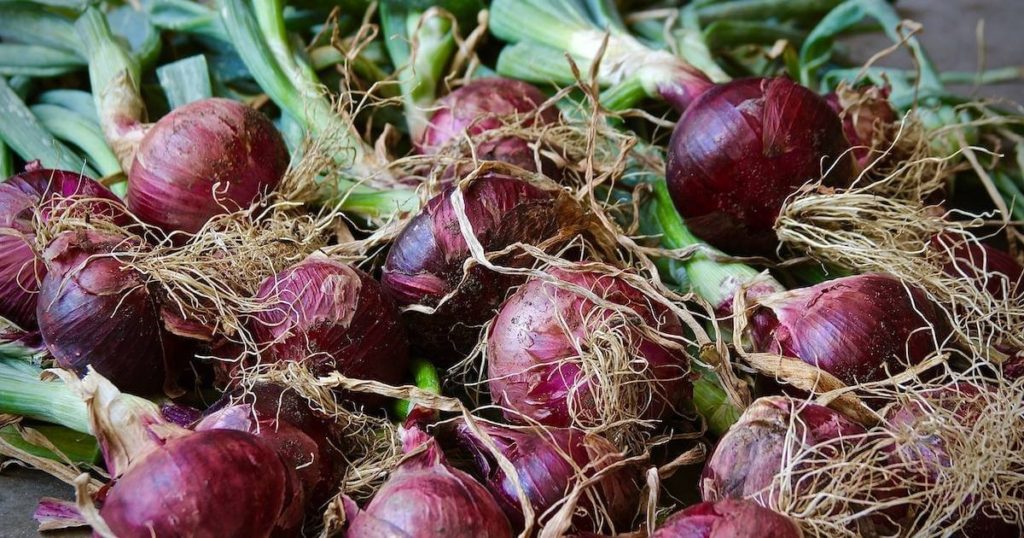
Summary
Onions are one of the best and easiest vegetables to grow in North Texas home gardens. If you choose the right type (short-day or intermediate-day), plant at the right time (late January), and fertilize consistently, you are practically guaranteed to enjoy a successful harvest of massive bulbs that you can enjoy with your family and friends.
Still have questions? See our F.A.Q.’s About Growing Onions in Dallas.

- Resilient perennials I’m adding to my new landscape - February 28, 2024
- 5 Ways to Enjoy Beautiful Fall Weather in DFW - October 18, 2023
- Celebrate National Weed Your Garden Day with These Timely Tips - June 13, 2023

